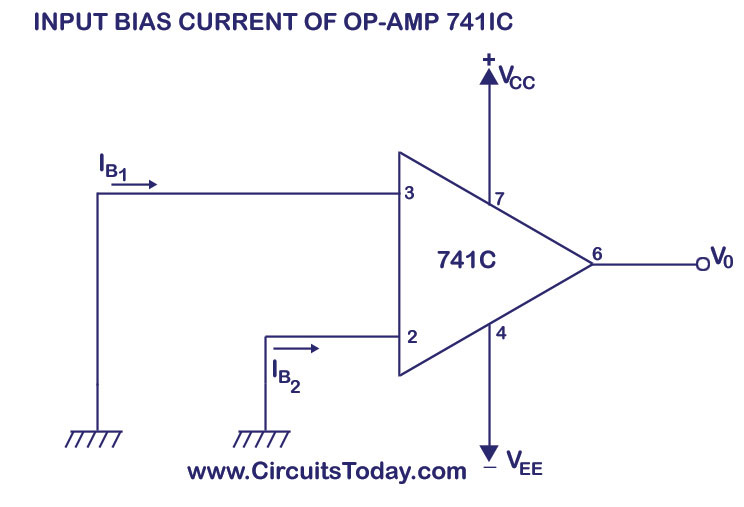
A differential amplifier, which is a circuit that amplifies the difference between two signals.Types of Op-AmpsĪn op-amp has countless applications and forms the basic building block of linear and non-linear analogue systems. The common terminal of the V+ and V− is connected to a reference point or ground, else twice the supply voltage may damage the op-amp. The V+ and V− power supply terminals are connected to the positive and negative terminals of a DC voltage source respectively. The terminal with a (-) sign is called inverting input terminal and the terminal with (+) sign is called non-inverting input terminal. The inner schematic of a typical operational amplifier looks likes this: Operational Amplifier (Op-amp Circuit)



In 1947, the first operational amplifier developed from vaccum tubes by John R.Op-amps are among the most widely used electronic devices today as they are used in a vast array of consumer, industrial and scientific devices. It is a high-gain electronic voltage amplifier with a differential input and usually a single-ended output. The op-amp can be considered to be a voltage amplifying device that is designed to be used with external feedback components such as resistors and capacitors between its output and input terminals. An operational amplifier or op-amp is simply a linear Integrated Circuit (IC) having multiple-terminals.


 0 kommentar(er)
0 kommentar(er)
